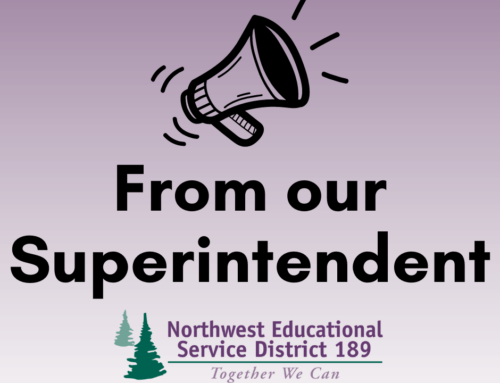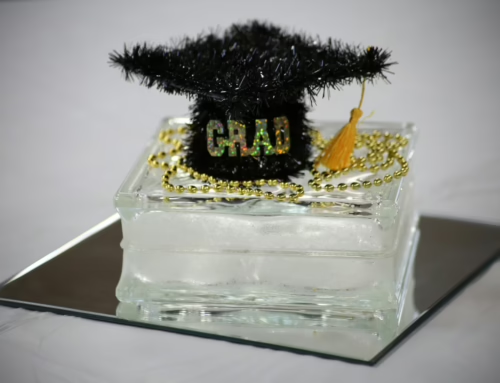Social Emotional Learning (SEL): The process through which all young people and adults acquire and apply the knowledge, skills, and attitudes to develop healthy identities, manage emotions and achieve personal and collective goals, feel and show empathy for others, establish and maintain supportive relationships, and make responsible and caring decisions. casel.org
Over the past two years, SEL has come to the forefront of our attention as educators and has been especially important as we return to in-person learning this year.
Sometimes we imagine a line separating social emotional learning (SEL) and academic learning. But I have learned that when we integrate social and emotional learning within our cognitive academic learning, we can accelerate learning and tap into the potential of all students. This is known as Social, Emotional, Academic Development.
Science has demonstrated the inextricable link between academic and social and emotional development, suggesting that SEL development is critical to a student’s ability to learn (DarlingHammond et al., 2019). – American Institutes for Research
What is Social, Emotional, Academic Development (SEAD)?
“Social, emotional, and academic development is the integration of social and emotional development within academic learning in K–12 education. Research shows that when schools fully integrate social, emotional, and academic development into K–12 education, academic performance improves, students are more engaged in school, and—as a result—they are more likely to graduate high school and attend and graduate from college.”—Aspen Institute
How can we integrate social, emotional, and academic learning in a math classroom?
Educators can integrate SEL within mathematical learning by focusing on the SEAD themes Belonging, Identity, Agency, and Discourse paired with the Standards for Mathematical Practice. (There are direct connections between SEL competencies, SEAD themes, and the Standards for Mathematical Practice). By planning through the lens of SEAD themes and leveraging our mathematical practice standards, we avoid doing “one more thing”, instead we use SEL to teach mathematics. The following example demonstrates this connection:
Example: Agency and Attend to Precision (SMP 6)
Another SEAD theme is agency. A routine that’s great for building student agency and supports all students in accessing math, especially students with learning disabilities and English learners, is the Math Language Routine, Co-Craft Questions. Students are able to make sense of situations while practicing mathematical language, and without feeling the pressure of “getting the right answer.” With Co-Craft questions, students are presented with a situation (word problems, images, video, data) and create their own questions to be answered using mathematics.
In the below example of a word problem we have also removed all the numbers.
Clare went to a concession stand that sells pretzels for _____, drinks for _____, and bags of popcorn for _____ each. She bought at least one of each item and spent no more than ____.
Here is the actual problem (Illustrative Mathematics Grade 6): Clare went to a concession stand that sells pretzels for $3.25, drinks for $1.85, and bags of popcorn for $0.99 each. She bought at least one of each item and spent no more than $10.
- Could Clare have purchased 2 pretzels, 2 drinks, and 2 bags of popcorn? Explain your reasoning.
- Could she have bought 1 pretzel, 1 drink, and 5 bags of popcorn? Explain your reasoning.
Using Co-Craft Questions develops the Standard for Mathematical Practice 6 “Attend to Precision”. Students produce the language of mathematics to form questions, work to communicate precisely with others, and use their own reasoning.
Let’s support the use of instructional practices that help us use SEL to teach mathematics!
“…students retain more information from learning experiences when their cognitive challenges in classrooms are connected to social interactions (Jones & Khan, 2017). Indeed, activities that build relationships prepare the brain for more complex learning and experiences that allow students to develop, explore, and discover (Immordino-Yang et al., 2018).” – American Institutes for Research
To learn more:
- A Pathway to Equitable Math Instruction – Stride 3 Creating Conditions to Thrive
- Integrating Social and Emotional Learning an the Common Core State Standards for Mathematics – University of Texas at Austin Charles A. Dana Center & CASEL
- Integrating Social, Emotional, and Academic Development, An Action Guide for School Leadership Teams – The Aspen Institute
- Instructional Practices That Integrate Equity-Centered Social, Emotional, and Academic Learning – American Institutes for Research



